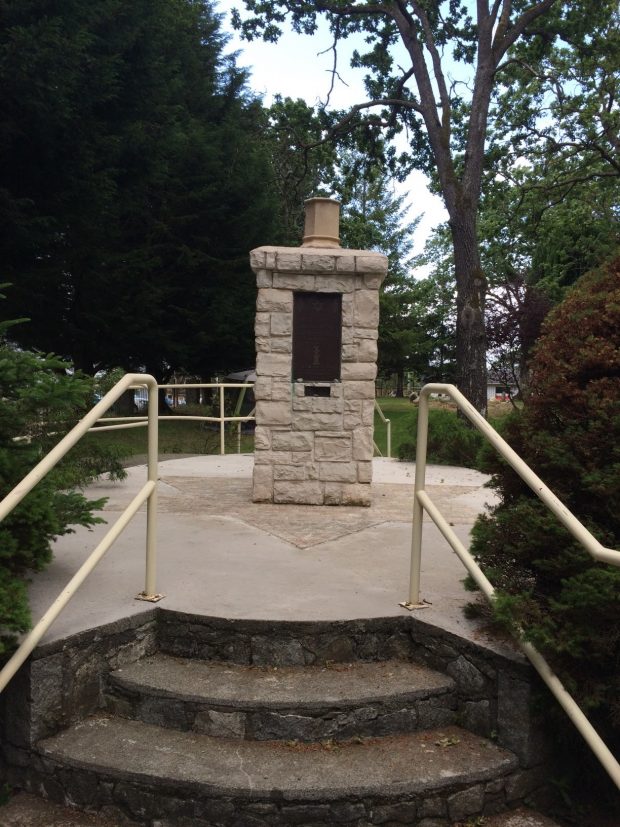Across the Pond: On Different Projects and Meaningful Ideas
A Blog Post for Anth 395
Blog posts in general are an important source of knowledge in our field. They allow for people, not just academics, to have access to the work that is going on in today’s research. Disseminating research is paramount to the work of an archaeologist, but if only other archaeologists can understand the writing, then there is really no point in writing it at all.
Being accessible to the community that you are researching, or to any lay person interested is one of the most important things that we as archaeologists can do. This was not always the case in our field. It is relatively recently that we have taken this kind of action to include the public in our work.
Our class is pretty unique, one which has no similarities to other field courses, and looking at the unique experiences of students, particularly ones that are so frequently on social media, generates ideas for projects.

Hard at work, the cemetery has numerous time periods, types of monuments and people from across the globe. Photo Credit: Unknown. May 24th, Camera 2.
One source that we can use as a class is the IWitness field school blog (Link here: https://onlineacademiccommunity.uvic.ca/iwitnessfieldschool/about/), which is the University of Victoria’s field school that takes students through various sites and monuments of the Holocaust such as Auschwitz in Poland, and others in Germany, Hungary and Austria.
Our team really focused in on the About page of their blog: their overarching aim is to “explore how the past is negotiated in the present”, and it highlighted a lot of what we think our field school is striving to do. While they are focusing on issues such as anti-Semitism and homophobia in the European Union instead of cemetery mapping, their goals apply to our research as well.
What place is a better reminder of our past than a cemetery? As our lives change, that space stays the same and becomes a part of history, and many times these spaces fall out of our memory. We, as mappers, surveyors and preservers, are trying to do just that, catalogue and preserve history, and record the deaths of loved ones for those in the present, so that people may look back and see their history. In a sense, we bring history to the present in an attempt to preserve it, so that we may never forget,
Cemeteries are one of the most important spaces to continue negotiating our past selves and our past actions in the modern world, because monuments in cemeteries can withstand the test of time (especially if they are polished granite). This cemetery itself is an important aspect of the Jewish community, and if we can use our class to bring the history of it into the present, that would be a huge success.
If we keep the theme outlined by the IWitness field school in mind, looking at “how we negotiate the past in the present”, we can try and create a space of understanding and knowledge for the cemetery and the community it serves, but also preserve the space for those yet to discover it.
For our group as well, connecting to IWitness is important because the Emanu-El cemetery is home to many survivors of the Holocaust. While the monuments of survivors are not nearly to the scale of the IWitness school, nor is it the focus, those monuments are not monuments one can simply walk by without pause. The Holocaust memorial located in the front of cemetery greets you as you walk in the door, and each day we build our tent in the shadow of it.
If we again return to the theme of “negotiating the past in the present” and really consider the scope of history in the cemetery, it becomes about mindfulness. We as student, being mindful of history with which we delve, to treat each history of these people with respect, but also to ensure that we are mindful of the fact that the history of this cemetery is not one without horrors, and tragedy. Negotiating the past in the present becomes not only how we present our research, share our research and our work, but how we handle complex topics.
It is important for our class to use established blogs like IWitness to see what work already exists, and how it is reaching the public at large. We can use that as a template, but also see what people comment to help inform how we show our findings.
Written by Ally and Taylor
